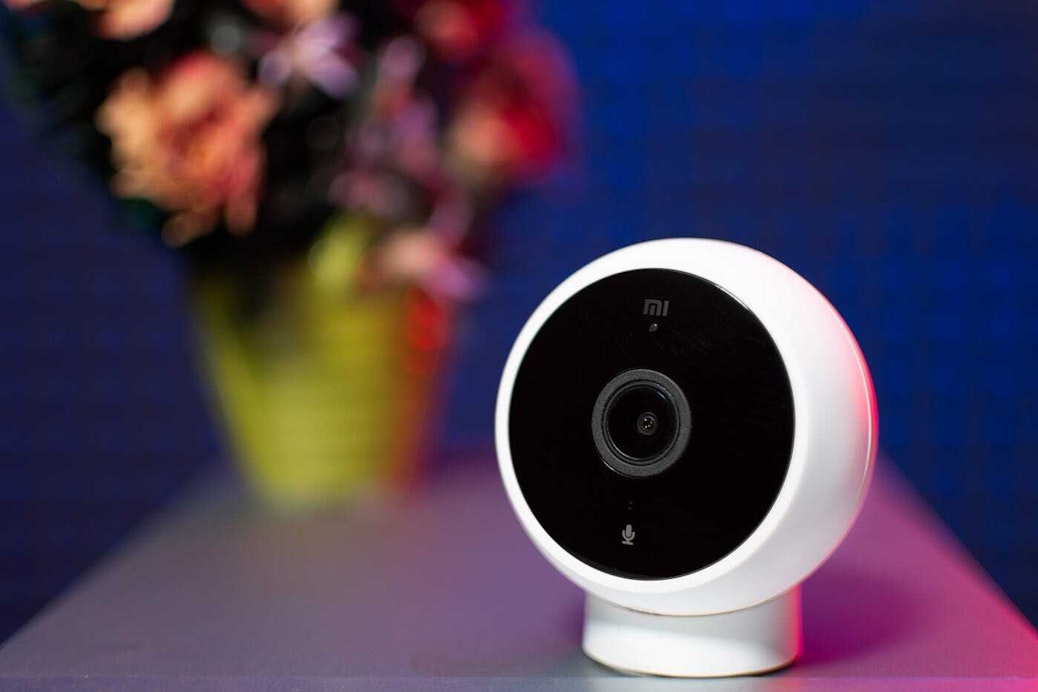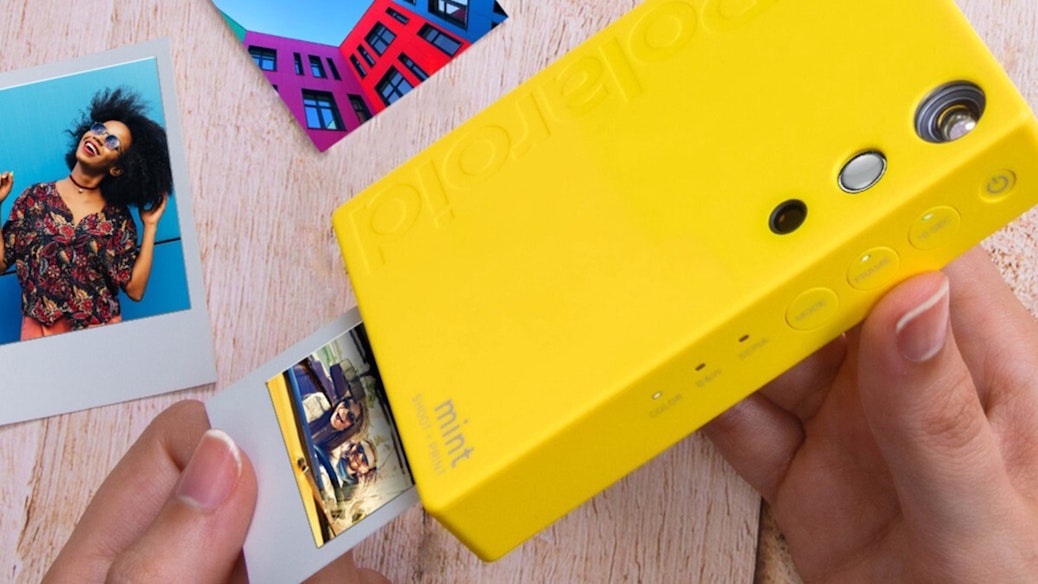
The number of returned products is on the rise as consumer behavior shifts further away from traditional retail to online shopping. Fewer consumers have an opportunity to try out, or even look at products in stores before they commit to a purchase, resulting in a rise in returns which cost e-commerce businesses $7.4 billion in 2019. The so-called No-fault-found (NFF) returns amount to 68% of all online returns, while only 5% are due to malfunctioning products, according to a recent survey.
The consumer electronics and small home appliance industries are among the most affected by NFF returns. Key findings from the survey show that nearly 70% of customers said that they would return a product because it’s hard to operate and 54% said they’d return it if it’s hard to install. Only 16% said they had a chance to try out the product in a store or virtually online before they bought it.
Some of this data is to be expected — brick-and-mortar retail shopping is a hassle and online returns are easy. A click to buy is no longer viewed as a final commitment to a product, rather consumers use it as a try-out period to see if they like the product or if they need to continue shopping around for one that better suits their needs. With this in mind, there are some ways to reduce your rate of no-fault returns and turn every purchase into a successful commitment, and your customers into brand loyalists, thereby increasing their LTV or Lifetime Value.
1. Create an unboxing video or tutorial
Unboxing videos are some of the most-watched content on YouTube according to Google, and the trend is here to stay. For context, one of the most prominent electronic unboxers Unbox Therapy, averages 10–20 million views per week on YouTube.
For you, showing people how your consumer electronic product works and what it looks like before they buy it is the most logical step towards avoiding unnecessary NFF returns. Invest in video content showing how your product works, what it looks like, how to install it and how it functions. Instead of producing your own high-cost content, hire industry influencers to produce it for you and create unboxing or videos of their own. This will equip your customers with enough knowledge before and after a purchase to help mitigate their need to return it when caught by surprise by their functionality.

2. Make your product listings clear with high-quality visuals
Equip your customers with as much relevant information as you can to help them avoid surprise incompatibilities. Wherever you list your products, be it on your own website or third-party retailers like Amazon, make sure your listings are complete and optimized for each platform. List devices and software your product is compatible with, clearly describe your product and how it works, and utilize good product photography and infographics to support the information.
3. Invest In The Onboarding
Fun fact: the feature used by most of your customers is the one you probably spent the least effort in designing: The Onboarding Process. Companies naturally spend most of their budget designing and developing the product’s core features, forgetting that customers who fail to cross the onboarding chasm will never get to enjoy those features. Make sure you have the right tools to measure how your customers interact with your product to find any possible flaws and friction in your UX and UI design. Research the behavior of your users via survey or other customer engagement platforms. The research is clear on this, 54% of customers would return a no-fault product if it’s hard to install and a staggering 70% would return it if it’s difficult to operate. The best way to avoid those returns is to avoid the problem in the first place by steering clear of these common mistakes when creating a smart product.

4. Pay attention to reviews
Online reviews are some of the best resources for product development and customer behavior research. Customers are more likely to write a negative review when they’re unhappy with a product than they are to rave about a product they’re happy with. If there is a problem with your product or your onboarding process, customers who are likely to return it might also tell you about their experience, publicly. Difficult set-up is one of the most common reasons for a negative Amazon review for consumer electronics and smart devices.
5. Reach out to your customers
Show your customers that you care about their feedback, positive or negative. Ideally, reach out to them before they return your product and write a negative review by ensuring their journey exploring your product is seamless. Once the reviews are out there, don’t ignore them, publicly address them and take the learnings to your product team. To deeper analyze customer behavior and use Customer Satisfaction as a key metric for your success, learn about Segmented NPS.
The Takeaway
Creating a positive Customer Experience (CX) will not only mitigate your rate of returns and prevent negative feedback on your product from circulating the internet for the rest of time, but it will ultimately lead to an increase in Customer Lifetime Value, and an increase in revenue and longevity of your business. Once your product is optimized for a frictionless experience, including easy installation with clear instructions, and your online presence includes unboxing videos and tutorials, you should be able to avoid the scourge of online retail, the No Fault Found Return.





